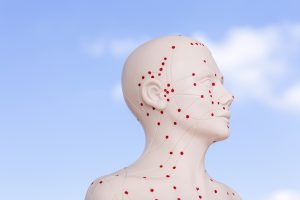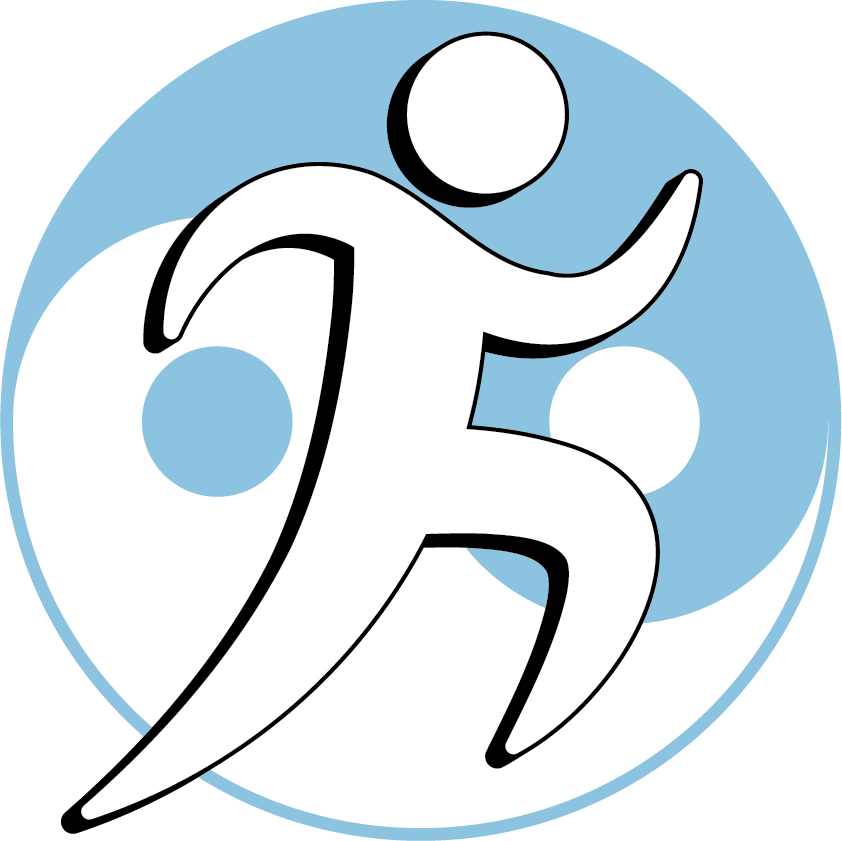With Instructor Anthony Von der Muhll, L.Ac., DAOM, DNBAO, FAIPM
Next offering: TBA. Please let us know of your interest in a distance-learning class.
Check back for next live class date, or contact us to be notified by email
Ligaments, or 韧带 rèndài
join bones to bones, and may be considered part of the 经 筋 jīngjīn, or myofascial/sinew meridians. Yet assessing and treating ligament injuries is literally a “missing link” in much acupuncture training regarding musculoskeletal pain and disability. Simple and easily-learned techniques for needling ligaments can stimulate self-repair and improve outcomes by helping to:
- Accelerate healing and reduce chronicity from acute sprains/strains;
- Re-stabilize hypermobile joints, and restore normal joint tracking and biomechanics;
- Slow and allow for reversal of joint degeneration that leads to osteoarthrosis;
- Enhance the treatment of muscles, nerves, and other tissues and systems that contribute to chronic pain.
Ligaments and Joints Covered:
Shoulder, Arm and Hand
- Acromio-clavicular joint: sprains, separations, chronic hypermobility
- Gleno-humeral joint: sprains, AMBRI, TUBS and SLAP lesions
- Transverse humeral ligament: bicipital tendon subluxations
- Elbow collateral ligaments: sprains, subluxations
- Wrist ulnar- and radio-carpal ligaments and the triangular fibrocartilage complex: sprains, tears, chronic hypermobility
Hip, Knee, Ankle and Foot
- Knee patellar, collateral and cruciate ligaments: sprains, chronic hypermobility
- Knee menisci and the tibio-meniscal ligament: sprains, degeneration
- The superior and inferior tibio-fibular joints: sprains, chronic hypermobility
- Lateral ankle/foot: ATF, CF, PTF and CC ligaments: sprains, chronic hypermobility
- Medial ankle: hyper-pronation, deltoid and spring ligaments: chronic hypermobility
The Spine
- Cervical and lumbar facet joints: sprains, dysfunction, chronic hyper- and hypo-mobility
- Posterior sacro-iliac, ilio-lumbar and sacro-tuberous ligaments: dysfunctions, degeneration
- Supraspinous ligament: whiplash, sprains

Anatomy and Patho-anatomy
- Functional/clinical anatomy, patho-anatomy of the main and commonly-injured joints of the body, in AOM and standard contemporary medical terms
- Common etiologies and prognoses for common injuries and pain of the major joints of the body, in AOM and standard contemporary medical terms
Assessment
- Performing a physical exam for common injuries and pain of the major joints of the body, including observation, inspection, palpation and special orthopedic tests for joint range-of-motion, tracking and end-feel/stability
- Red flags for serious/urgent joint injuries and pain that warrant referral to physician care
Treatment
Treatment for common joint injuries with acupuncture, including ligamentous prolo-acupuncture (“dry”) needling, electro-acupuncture, and 7-star needling.
